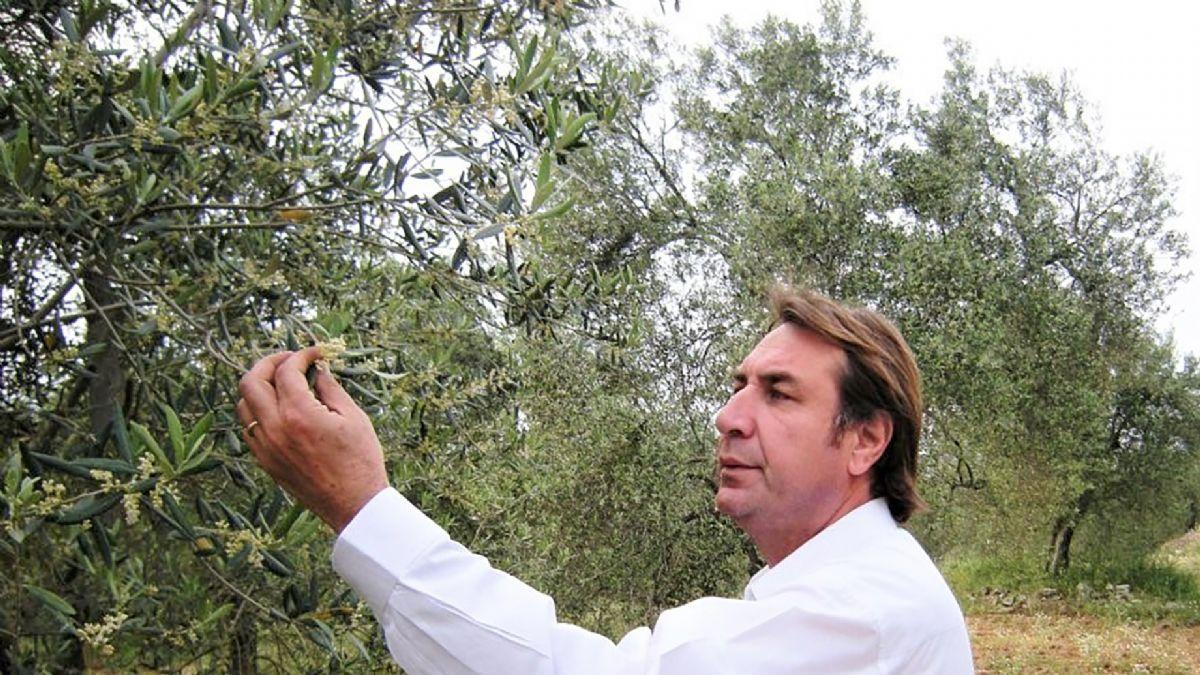WHAT’S THE PLACE OF OLIVE AND OLIVE OIL IN THE NATIONAL ECONOMY?
Nearly 500,000 families make their living from olive cultivation. This means that 2 million people directly earn a livelihood if we assume that each of these families consists of four people on average. This sector is very dynamic and the harvest season starts at the beginning of October and reaches March or April in the southern regions. Let’s assume that the harvest period is 100 days. An employee reaps nearly 60 kilograms of olives over the course of that harvest. Let’s assume that the average per diem is TRY 120. The amount is often higher. For example, the average amount is TRY 150 in Akhisar. Considering the crop this year, daily wages of TRY 30m are paid out. This means TRY 3.6bn is paid to employees over the course of a harvest.
Turkey nearly exports 50,000 tons of olive oil per year. Domestic olive oil consumption amounts to 170,000 tons per year while per capita consumption hovers around two liters. Yearly olive oil revenue is over USD 1bn – some years this figure reaches USD 1.5bn. There is also labor input of around USD 500m. The size of the sector amounts to approximately USD 2bn.
There are also people working at the bottling facilities, tin can facilities, olive oil mills, cooperatives, and unions. If we add them in, the size of the industry expands to USD 2.5-3bn.
CAN AN OLIVE AND OLIVE OIL COMMODITY EXCHANGE BE ESTABLISHED?
We can’t stop the surge in costs for things such as packaging. For instance, the price of a tin can has risen from TRY 8 to TRY 15. The inflation figure announced by the Turkish Statistical Institute doesn’t reflect the price hike at this points. If we raise the price of olive oil by 25%, it will be expensive for consumers given that their purchase power is insufficient.
Turkey previously had a system similar to an olive oil commodity exchange. The Ministry announced a minimum price and supported cooperative unions. Now, no one assumes this responsibility. Unions have been told to act like a prudent merchantIn this case, politicians, the government, and ministries should organize this.
Officials say Turkey doesn’t have the same financial power as the European Union (EU) when asking for support. Given the situation in Turkey, we demand a support contribution of TRY 5, not TRY 13-14. There are also olive oils that people buy due to their cheap prices that are a threat to people’s health. There are no-name olive oils in 5-liter white tin cans that are sold at TRY 150 on the internet. However, real producers sell olive oil at TRY 40 per kilogram. The olive oil is diluted with sunflower seed oil, which can be a threat.
WHAT’S THE PLACE OF TURKEY IN THE GLOBAL OLIVE INDUSTRY AND OLIVE OIL PRODUCTION?
Olive oil production surged by 235,727 tons this year, compared to last year. This number also indicates a 24% increase compared to the average of the last 10 years. Table olive production broke a record this year at 506,754 tons, an increase of 40.7% compared to last year and a rise of 17% compared to the average of the last 10 years. Spain, Italy, and Greece, the top manufacturers, have been hit hard by global climate change during the last 10 years. Turkey is the homeland of olive trees. This means that there is productivity and fruitfulness in these lands. That’s why Turkey is the most favorable country for olive trees. This situation also demonstrated itself in the face of global climate change.
Spain is the country with the highest level of olive production at 1.4 million tons, followed by Italy with 371,000 tons, and Turkey with 235,000 tons. However, Tunisia stated recently that its production reached 240,000 tons. Turkey is competing with Tunisia for third place, but we are gradually approaching second place. Turkey was the top country with the highest table olive production followed by Egypt with 500,000 tons.
Turkey’s olive oil exports totaled 50,000 tons, 45,000 tons, and 50,000 tons, respectively, in the last three years. The country saw 70,000 tons in exports in 2017-2018. We estimate 50,000-55,000 tons for this year.
The figure hit 92,000 tons in 2012-2013 when the bulk olive oil export was 90%. Spain and Italy experienced a shortage in that period and Turkish olive oils were exported there at USD 2-2.5. The ratio of bulk olive oil to packaged olive oil hovered around 85-90% to 10-15% in those years. Now, the export volume has dropped to 50,000 tons. Although the figure declined, the value-added is high. Packaged olive oil exports, which are more valuable, hover around 50-60%.
Table olive exports will reach 90,000 tons this year. The average over the last 10 years is 80,000 tons per annum. Table olive exports also amounted to 90,000 tons in 2018-2019.
Turkey produced 250,000 tons of olive oil, including the 235,000 tons of olive produced annually and 15,000 tons of stock, this year. 170,000 tons of this was consumed in the domestic market while 80,000 tons were kept for exports. Our exports hover around 50,000 tons. If our production reaches 700,000-750,000 tons, we can re-start bulk olive oil exports.
There is also olive oil coming from Syria. Our sector is disturbed by this. However, the government has a policy. Terrorist organizations in Syria produced that oil. Turkey encourages direct exports of this oil on the condition that it is processed in the country. This is important for our exporters in terms of the sustainability of their businesses. However, its penetration into the domestic market disturbs us. We have confirmed olive oils in the domestic market that came from Syria.
HOW MANY OLIVE TREES DOES TURKEY HAVE?
The number of mature olive trees which bear fruit is 164.5 million while there are around 28 million saplings. Turkey has 193 million olive trees in total. Spain has 320-325 million olive trees and takes the top place, followed by Turkey. Greece ranks third with 120 million olive trees. Tunisia, our rival, has 90 million trees.










